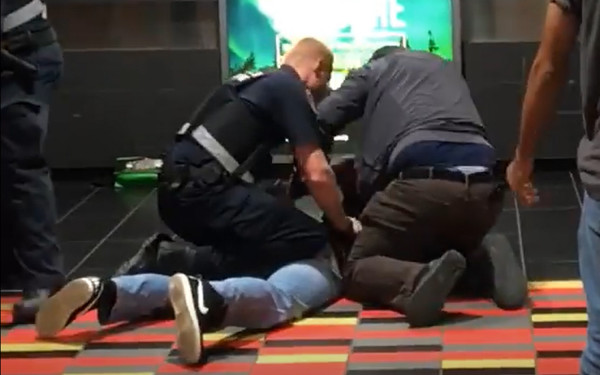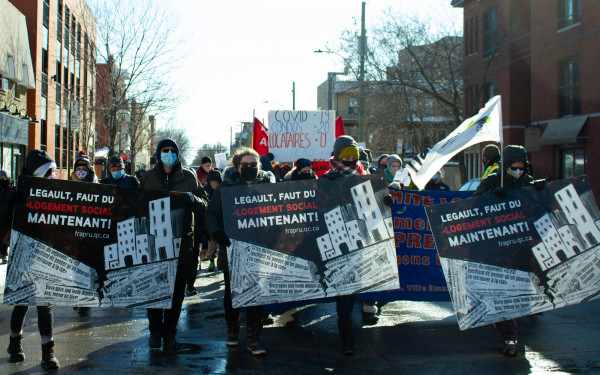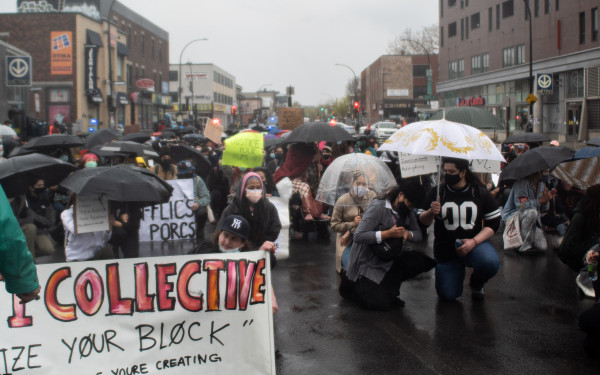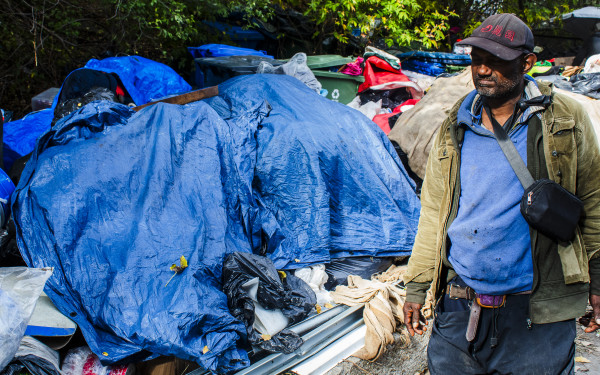Blue Line extension: Thoughts, expectations and concerns
With preparatory work underway this spring, the extended Blue Line to St. Leonard and Anjou draws mixed feelings among locals
Montreal’s east end is the most recent area granted entry into its colour-coded transit network as part of the Société de transport de Montréal’s project to extend the Blue Line to St. Leonard and Anjou.
Ranked one of the best places for public transportation, the city prides itself on its underground metro system that functions despite the hundreds of road closures and detour signs.
The metro line project is set to undergo preparatory work this spring. The extension route will stretch to Pie-IX Blvd., Viau Blvd., Lacordaire Blvd., Langelier Blvd. and end at the Galeries d’Anjou shopping centre. The stations will run along the bustling Jean-Talon St. amid the orange cones and condominium developments.
The proposed five-station extension hopes to restore greener services in the northeastern part of the island where access has not been the most convenient for residents to operate. Philippe Déry, a spokesperson for the STM, said that the project aims to encourage public transit ridership by facilitating accessibility for east end residents.
According to him, the 5.8 km expansion works to encourage public transit ridership among motorists with the most efficient mode of transportation that will help revitalize the neighbourhoods involved.
Signs have since been put up along Pie-IX Blvd., with construction expected to commence sooner than later. Though, potholes are not the only grounds that will be removed.
The Boulevard Shopping Centre is set to close its doors on Dec. 1, 2021, in place of the new Pie-IX metro station. The 400,000 sq. ft. shopping mall was one of the first to open in Quebec, and owners are saddened by the news.
“It’s the worst news that we got,” said Ben Jaafar, owner of Chaussures Marino. “We’ve been here for seven years, and we have customers that have been coming to this mall for like 40 to 50 years, so they’re all screaming ‘I’m not happy’ and crying about it.”
“It’s a really sad ending for us.”
The project attends to the needs of east end residents which have been long overdue for better public transit options, and some cannot be more pleased.
“I grew up here, so for sure there’s been several changes with all the condos being built. Especially with a metro, it’s going to change the neighbourhood,” said Lester Alberto Ocampo-Somoza, a Rivière-des-Prairies resident who works within the shopping complex.
“Right now, it looks empty. But with a metro, I’m 100 per cent sure that it will attract more people,” he added. “It will increase the value.”
The barricaded Petro-Canada on Lacordaire Blvd. clearly implies work is underway. The preliminary phases aim to relocate technical networks “to ensure that they have free rein when mass excavation begins for tunnels and stations,” said Déry, when asked about the next stages of the project.
The extended Blue Line received $1.3 billion in funding from the federal government in early July 2019. The highly-anticipated project plans to provide two bus terminals, a 1200-space park-and-ride facility, and an underground tunnel connecting to the future Pie-IX BRT, a high-speed bus service.
“This isn’t the RDP of the ‘80s, this is now the RDP of 2021. Residents that live here have certain expectations, and we’re making those expectations known.” — Pietro Mercuri
“[The project] would extend a line that’s relatively underutilized on the metro network,” said Craig Townsend, an associate professor in the Department of Geography, Planning and Environment at Concordia University. “It could deliver a lot of benefits for some segments of the population that have been underserved by public transportation.”
“To have a viable metro station with viable ridership, you need a real concentration of people or a lot of buses bringing people to and from the station,” he added, supporting the transit company’s decisions with some doubt.
According to him, surrounding a metro station with a park-and-ride lot is not going to get high ridership numbers, and there is a cost to pay environmentally in doing so. “The costs might be outweighing the benefits.”
The STM intends to pursue an Envision sustainability verification to limit the project’s carbon footprint and instil eco-friendly values as a whole.
“If the metro cars or the buses are relatively full, it’s a very small amount of energy and emissions associated with those people [compared to] if they were one person in a car,” he said, suggesting the long-term environmental benefits override the disturbances of the production. “We should not lose sight of the bigger picture.”
The extended metro line is expected to serve more than 17,000 new passengers. For some people, this comes as good news. For others, it is by no means fair.
“Everybody should have a piece of that quality of life, and that means having the ability to get to where you want to go in a timely fashion,” said English Montreal School Board Commissioner Pietro Mercuri.
With roughly 56,000 residents, the northeast neighbourhood is longing for better public transit options. Mercuri, who resides in RDP, shared his concerns for more convenient transport beyond a couple of extra buses.
Mercuri and a few other residents began an online petition on the National Assembly’s website, which has gained nearly 1,200 signatures to claim better public transit in RDP with the newly-proposed Réseau express métropolitain extension.
“There’s a very healthy usage from people here, so if we added better rapid transit, you can rest assured that it wouldn’t be a losing equation,” he said.
With the extended Blue Line terminal in Anjou and the REM de l’Est expanding east to Pointe-aux-Trembles, Mercuri and residents alike feel left out of the city’s latest transit developments.
“This isn’t the RDP of the ‘80s, this is now the RDP of 2021,” he added, referring to the rural background of the borough. “Residents that live here have certain expectations, and we’re making those expectations known.”
Déry expressed that the introduction of public transportation services in the east end provides the opportunity for “a major reflection to improve bus services to various areas of the city, including Rivière-des-Prairies—Pointe-aux-Trembles.”
The Blue Line extension has been in discussions for nearly 30 years. Mayor Valérie Plante urged the provincial government for new legislation to accelerate operations for the extended metro line. Shortly after, Bill 66, an act that helps speed up infrastructure projects, was adopted in December.
The project is expected to be completed by 2026 subject to pauses.

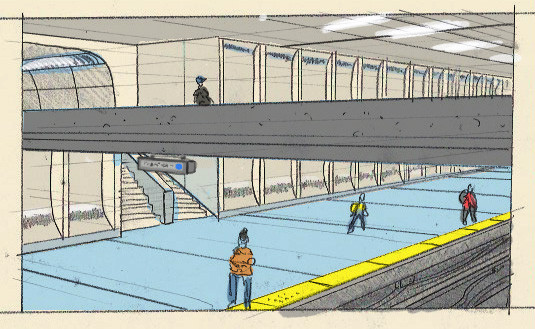
_600_832_s.png)

